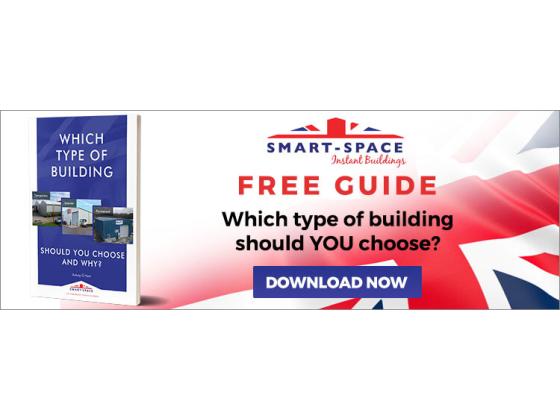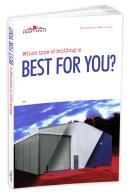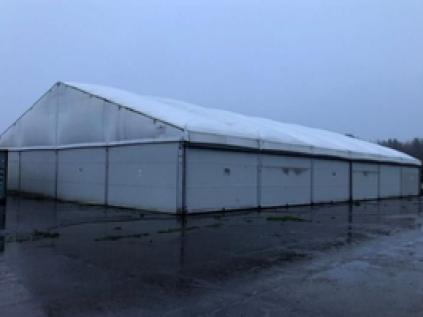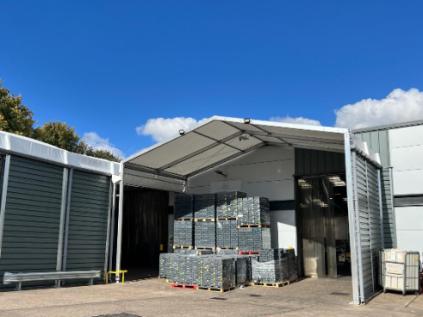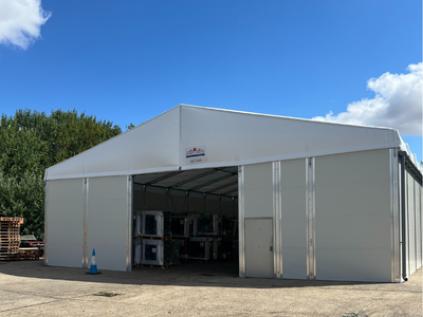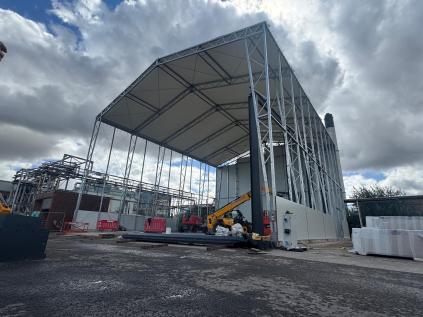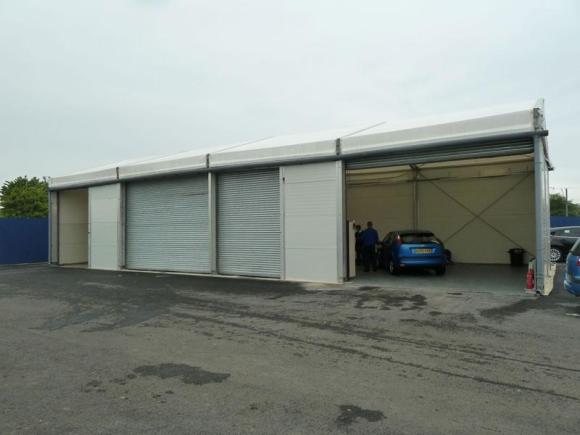
Obviously, the more lead time you have, the more leeway you will have to shop around for the best deal. However, many businesses need temporary buildings when they are in a hurry. This may be due to a spike in seasonal demand – for instance extra warehousing in the run-up to Christmas – a short notice event, or contingency accommodation in the event that your main business premises is uninhabitable, e.g. due to fire or flood.
When sourcing a temporary building urgently, value for money is equally, if not more important, but the time simply isn’t there to agonise over the decision. In this article we provide a highly simplified breakdown of the three main types of temporary building. Within these broad categories are a diverse range of solutions that can all be tweaked to your needs – but for the purposes of securing the best deal in a hurry, at least you will be able to quickly determine the type of structure you are looking for.
Temporary Buildings
A truly temporary building is a cost-effective, easy to erect warehousing solution that can be installed on site in as little as seven days. Even the largest temporary warehouses can normally be put up within 28 to 40 days.
These buildings feature:
- A lightweight aluminium frame
- Flexible PVC roof (making them suitable for sloped or uneven surfaces)
- Steel wall cladding
This is the most cost-effective option, especially if you are only planning on using the space for two years or less. It is also a positive option if you do not own the land where you will be using the building, as it means you can quickly relocate the building when you move on. Small temporary buildings and warehouse extensions do not always need planning permission, and you will not normally need to lay down a concrete base.
There are a couple of disadvantages to this option. Firstly, temporary buildings depreciate in value over time and the PVC roofing will need replacing every 10 years (should you need to use the building that long). You will also have to take ongoing maintenance into account. Finally, as these buildings are uninsulated they can be expensive to heat in winter and keep cool in summer.
Interim Buildings
Interim, or semi-permanent buildings are designed for longer periods of use, usually between three and seven years. These buildings are also aluminium frame structures, but also include steel roof cladding and insulation. This makes them sturdier and more energy-efficient, meaning they can be used throughout the year and have heating or refrigeration systems installed. Some interim buildings benefit from having a concrete base, although surface preparation is minimal compared with a steel framed building, or a permanent structure.
If you own the land, are considering longer term use and require heating or cooling, then you should give thought to this type of building. They are still very fast to put up and can easily be relocated. However, these temporary structures are not usually suitable if your products or activities constitute a fire risk – as they are not deemed fire safe. You will also need to acquire planning permission for these structures, either in advance or retrospectively.
Permanent / Semi-permanent Steel Buildings
If you need a longer term building for 10 years or more, you should consider investing in a semi-permanent steel framed building. These robust structures are completely watertight, are fire safe, meet Part L compliance for conservation of fuel and power, and are as secure as a permanent building. In addition, they comply with all insurance and building regulations.
These buildings are fit for use over a working life of 35 to 50 years; as long as some permanent buildings. So why choose a steel framed structure over a brick and mortar building?
- Steel framed buildings can be fabricated to meet your exact size requirements.
- They can be purchased or hired at a fraction of the capital cost of a conventional building
- They require very little maintenance
- Installation time is considerably faster than a conventional building
The downside to this type of structure is that it can’t be relocated easily. You will need to carry out a certain amount of ground preparation, including some foundation work. The build will need far more attention to detail during project planning and management. Planning permission may also be a more lengthy process.
Selecting the Right Temporary Building
Temporary buildings offer fantastic value for money in a range of commercial situations. They are fast to order and construct, and can be used for 3 to 10 years – or indefinitely for permanent steel structures. Getting the best value for money involves understanding your needs, your business goals and desired outcomes. At Smart-Space we offer bespoke temporary structures to meet your precise business needs, managing the complete project from CAD drawings through project management to completion.
Make the right choice for your business by downloading our free Which Building Guide. The new e-book includes a breakdown of all the pros and cons associated with each type of building, guiding you to make the right decision. Click here to access your copy.

